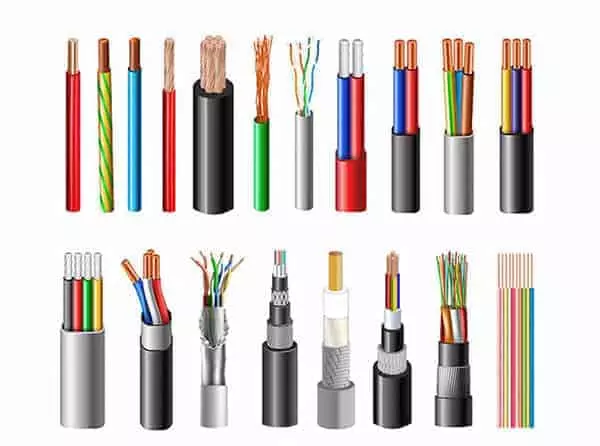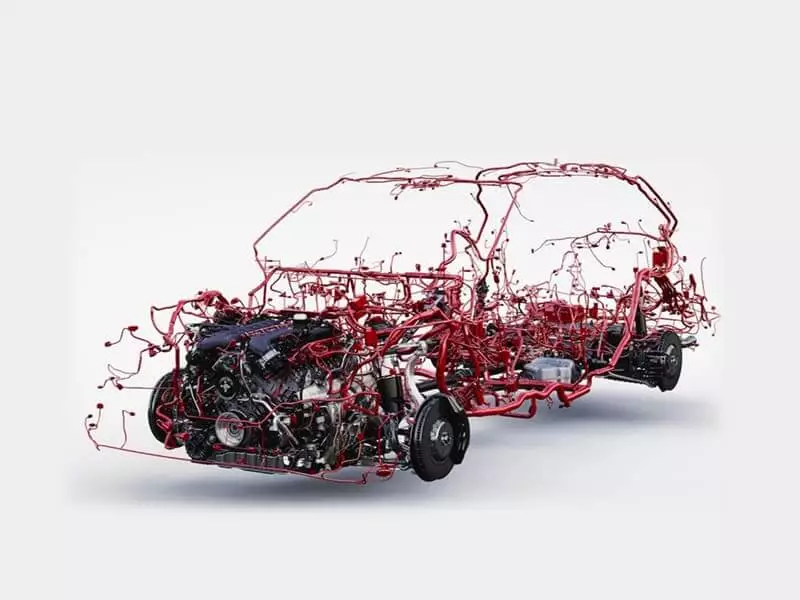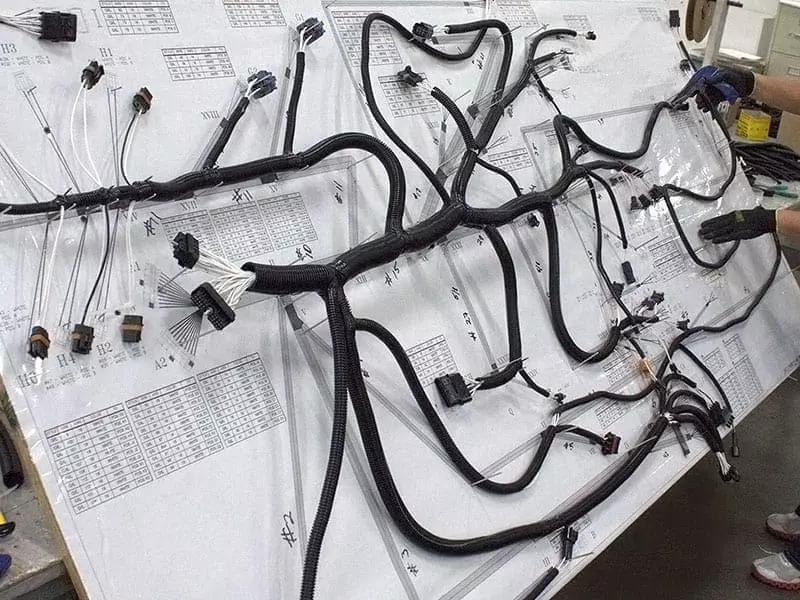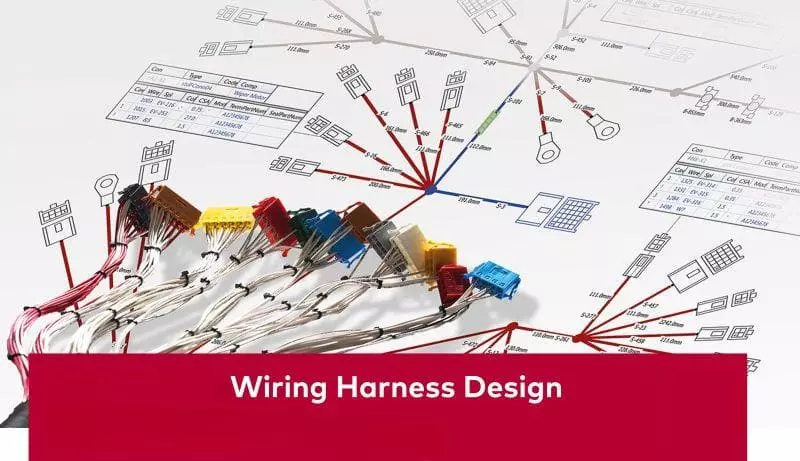In the fields of electrical engineering and electronics manufacturing, engineers and procurement personnel frequently encounter this question: What is a cable harness?
As a core component in electrical connections, cable harnesses are present in nearly all modern devices. Whether in automobiles, industrial control systems, medical equipment, or aerospace systems, they are filled with various types of cable harnesses. Its function extends far beyond a simple collection of wires. Through thoughtful design and manufacturing processes, multiple cables and connectors are integrated into a reliable, manageable, and standards-compliant wiring system.
Understanding the definition, functions, manufacturing processes, and applications of cable harnesses not only enhances equipment reliability and safety but is also key to optimizing production and reducing maintenance costs. This article provides a systematic analysis of all aspects of cable harnesses, offering you a professional and comprehensive ultimate guide.
What is a Cable Harness?
Cable Harness, also known as Wiring Harness, Wire Harness, or Wiring Loom. It is a complete electrical wiring system formed by bundling multiple wires and cables together using methods such as binding, sheathing, corrugated tubing, tape, or molded components, and incorporating connectors, terminals, and fasteners. Its fundamental purpose is to consolidate and protect dispersed electrical circuits, enabling efficient transmission of electrical power and signals while meeting space management and safety requirements.
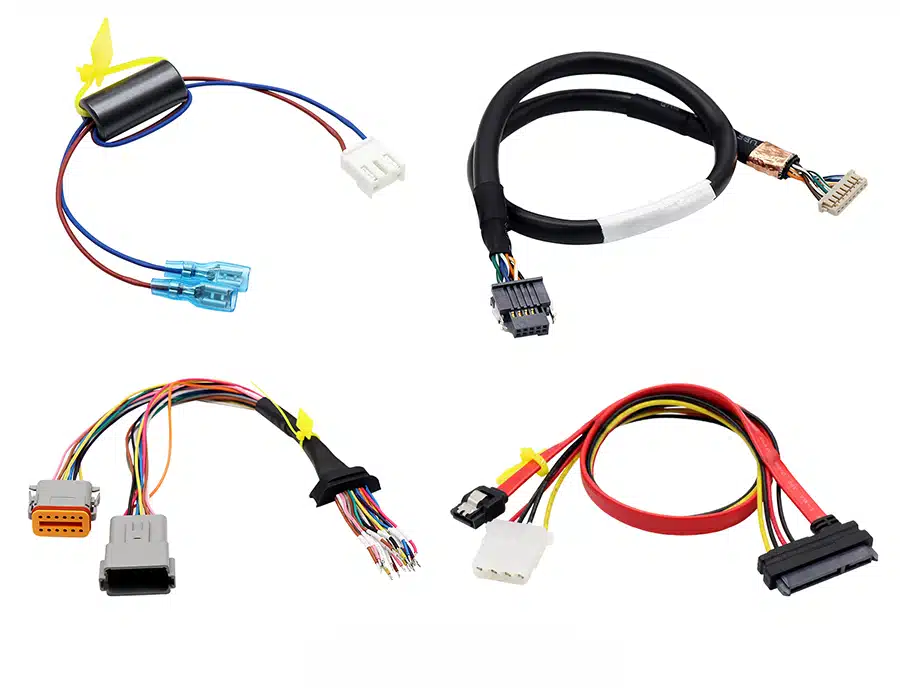
Components
- Conductors: Copper or aluminum wires, either stranded or solid, used to transmit electrical current or signals.
- Insulation: Materials such as PVC, XLPE, or PTFE, ensuring electrical isolation and temperature resistance.
- Sheath & Protection: Components like corrugated tubing, braided mesh, or heat-shrink tubing enhance mechanical strength and environmental adaptability.
- Terminals & Connectors: Ensure reliable interface between wiring harnesses and equipment.
- Clamps, Ties, Grommets: Secure wiring to prevent vibration or friction damage.
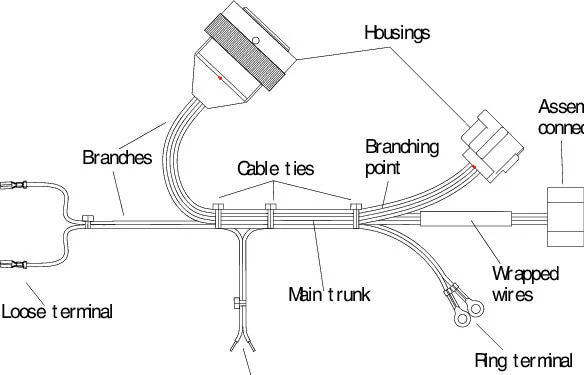
Core Functions of cable harness
- Electrical Transmission and Distribution: Ensures stable transmission of electrical power and signals within equipment systems.
- Structural Optimization: Centralizes management of tangled wires, enhancing assembly and maintenance efficiency.
- Safety Protection: Provides insulation, abrasion resistance, fire retardancy, and anti-interference capabilities.
- Standardization and Reliability: Ensures consistency and long-term reliability of the entire system through unified design and manufacturing processes.
Primary Functions of Cable Harnesses
The core value of cable harnesses extends beyond mere “connection.” They enhance electrical performance, ensure safety, optimize space utilization, reduce costs, and improve reliability. Consequently, they are widely regarded as the “central nervous system” of modern electrical systems, serving as a critical safeguard for stable operation and long-term reliability. Cable harnesses are not simply a collection of wires; they represent a systematic wiring solution achieved through scientific design and standardized manufacturing.
1. Electrical Performance Assurance
The primary function of a cable harness is to enable efficient transmission of electrical power and signals. By appropriately selecting conductor cross-sectional area, insulation materials, and shielding structures, harnesses can meet diverse requirements for voltage, current, and signal frequency. For example:
- Automotive harnesses: Must support 12V/48V power supplies and CAN/LIN bus signals.
- Industrial Control: Demands strong anti-interference capabilities to prevent signal distortion.
- Medical Devices: Requires low-noise and high-precision signal transmission.
Properly designed cable harnesses effectively minimize resistance voltage drops, signal crosstalk, and electromagnetic interference (EMI), ensuring stable system operation under diverse working conditions.
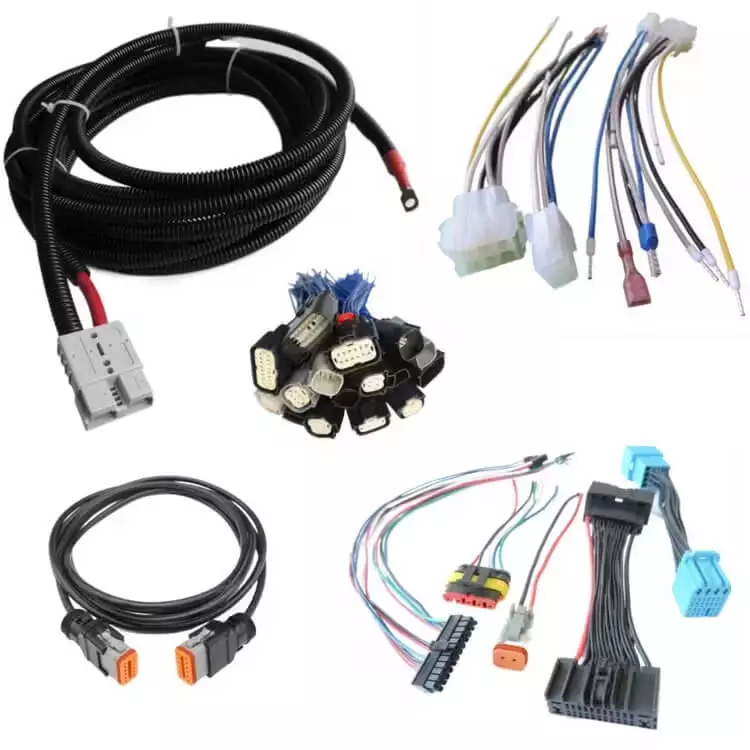
2. Safety Protection
Wiring harnesses not only ensure electrical connections but also provide protective functions:
- Insulation Protection: Prevents short circuits and leakage currents to avoid safety incidents.
- Mechanical Protection: Outer jackets or corrugated tubing withstand friction, compression, and impact.
- Weather Resistance: Ensures harness integrity in high-temperature, high-humidity, or chemically corrosive environments.
- Flame Retardancy: Materials compliant with UL94V-0, ISO 6722, and similar standards reduce fire hazards.
These measures not only meet safety standards but also extend equipment lifespan.
3. Structural Optimization and Space Management
In modern equipment, wiring space is often limited. Cable harnesses integrate multiple wires into a single unit, thereby:
- Eliminating space wastage and interference caused by scattered wiring.
- Clarifying wiring paths to enhance assembly efficiency and maintainability.
- Supports modular installation for quick replacement and maintenance.
In automotive and aerospace equipment, this lightweight and space-optimized design is particularly crucial, reducing overall weight and improving energy efficiency.
4. Cost Control and Production Efficiency
Using cable harnesses can significantly reduce manufacturing and maintenance costs:
- Standardized Production: Harnesses enable batch manufacturing, ensuring consistency and traceability.
- Reduced Labor Costs: Faster assembly processes minimize manual wiring errors.
- Maintenance Ease: Modular harnesses enable rapid replacement, minimizing downtime.
For mass-production industries like automotive manufacturing, harnesses are a critical factor in reducing costs and boosting production capacity.
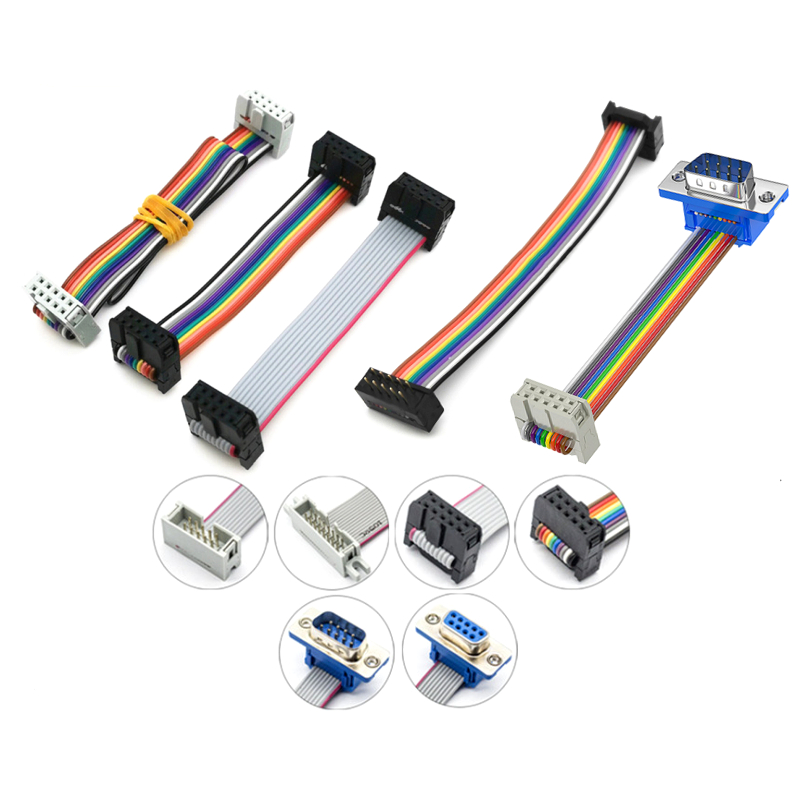
5. System Reliability and Consistency
Cable harness design and manufacturing adhere to international standards such as IPC/WHMA-A-620, ISO/TS16949, and UL, ensuring each finished product delivers long-term reliable operation across diverse environments.
- In high-vibration automotive and industrial settings, the harness maintains contact reliability.
- For medical and aerospace applications, the harness delivers highly consistent signal quality, preventing system failures caused by improper wiring.
Typical Application for Cable Harnesses
As a critical component in electrical systems, cable harnesses are widely used in nearly all equipment requiring electrical power transmission and signal control. Different industries place varying emphasis on specific requirements for wire harnesses. Below are several typical application sectors.
Application 1: Automotive Electronics
- Application Scenarios: Engine Control Unit (ECU), Body Control Module (BCM), Multimedia Entertainment Systems, Lighting Systems, ADAS (Advanced Driver Assistance Systems).
- Characteristics: Automotive wiring harnesses must withstand high temperatures, vibration, humidity, and chemical corrosion, complying with automotive standards such as ISO 6722 and IATF 16949. They serve as the vehicle’s “nervous system,” providing reliable power and signal networks throughout the vehicle.
Application 2: Industrial Automation and Equipment
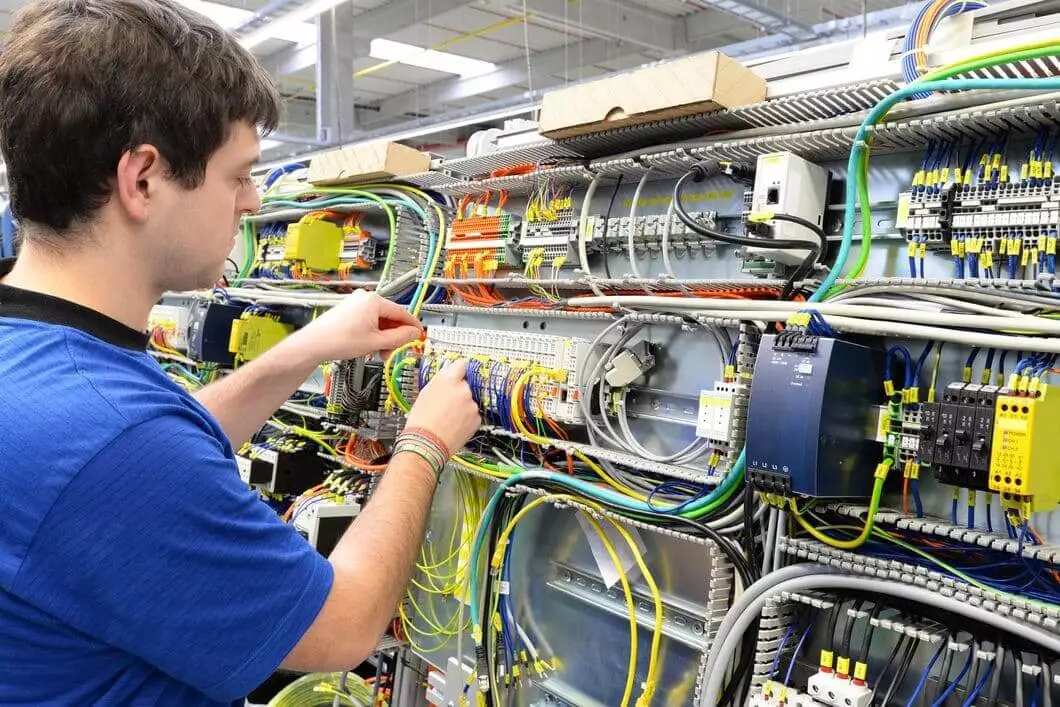
- Applications: PLC control cabinets, robots, CNC machine tools, sensor networks, production lines.
- Characteristics: Requires high durability and interference resistance, capable of long-term stable operation in environments with dust, oil contamination, extreme temperature variations, and frequent vibration. Industrial wiring harnesses often incorporate shielding layers, oil-resistant jackets, and flame-retardant materials.
Application 3: Consumer Electronics
- Applications: Computers, printers, copiers, smart home appliances, gaming consoles.
- Characteristics: Compact design emphasizing lightweight construction and aesthetic appeal, while balancing production efficiency and cost control. Typically employs modular wiring harnesses for rapid assembly and maintenance.
Application 4: Aerospace
- Application Scenarios: Aircraft cockpit instruments, navigation systems, satellite communication modules, flight control systems.
- Characteristics: Demands extreme weight reduction, reliability, and safety. Utilizes lightweight, high-strength, and high-temperature-resistant materials while meeting aerospace/military standards like AS9100 and MIL-SPEC. Harnesses must pass rigorous environmental and safety testing.
Application 5: Medical Devices
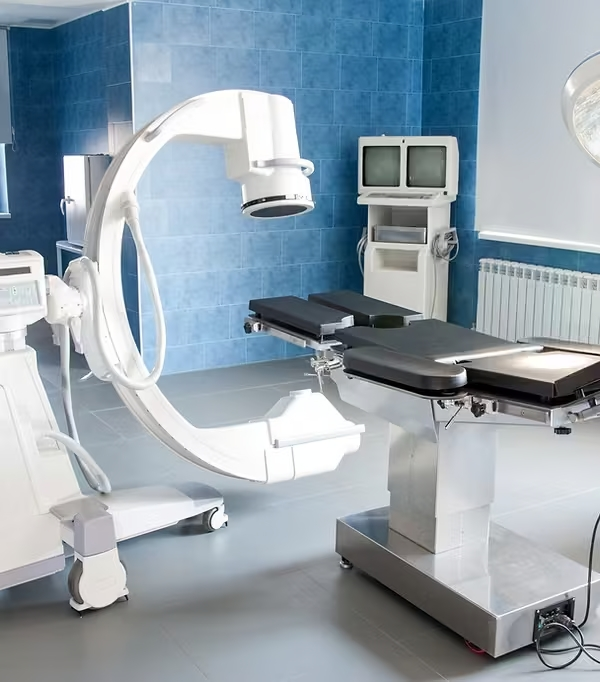
- Applications: CT/MRI imaging systems, ultrasound diagnostic equipment, patient monitoring devices, laboratory analyzers.
- Characteristics: Must ensure high signal integrity and biocompatibility. Insulation and shielding performance must comply with medical safety standards (e.g., IEC 60601). Extremely sensitive to signal noise, so harnesses are typically designed with high shielding, low resistance, and high reliability.
Application 6: Data Communication and IT Equipment
- Applications: Servers, data center cabinets, switches, routers.
- Characteristics: Must support high-speed data transmission and large-scale interconnections, with stringent requirements for EMI suppression, thermal management, and modular cabling. High-end data centers often employ custom wire harness solutions to ensure tidy cabling and stable signal integrity.
Common Types of Cable Harnesses
Cable harnesses can be categorized into the following types based on their application and design differences.
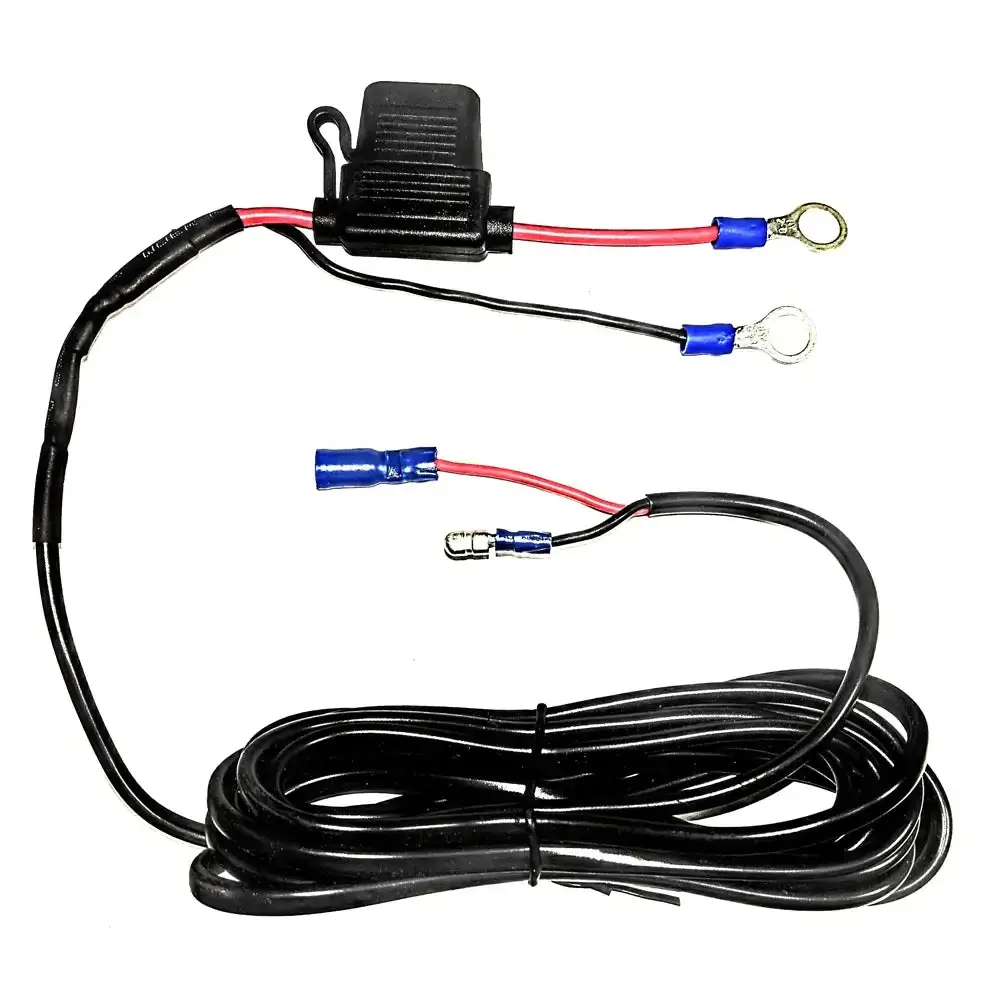
Definition: Cable harnesses specifically designed for solar photovoltaic systems, used to connect photovoltaic modules, combiner boxes, inverters, and the power grid.
Features: Constructed with high-temperature resistant, UV-resistant, ozone-resistant, and flame-retardant sheathing materials, ensuring long-term outdoor durability. Typically compliant with photovoltaic-specific standards such as UL 4703 and IEC 62930. Incorporates IP67/IP68 waterproof connector designs.
Applications: Photovoltaic array connections, rooftop distributed PV power plants, large-scale ground-mounted PV power plants, and connections between energy storage systems and inverters.
Definition: An electrical wiring harness used for connecting battery modules or battery packs to control systems, motors, or loads.
Features: Large conductor cross-sectional area supporting high-current transmission. Features high-temperature resistance, vibration resistance, flame retardancy, and high insulation properties. Often integrates BMS (Battery Management System) signal lines to support voltage/temperature sampling and data transmission.

Applications: Power battery packs for new energy vehicles, energy storage battery modules, power tools, electric two-wheelers, and drone power systems.
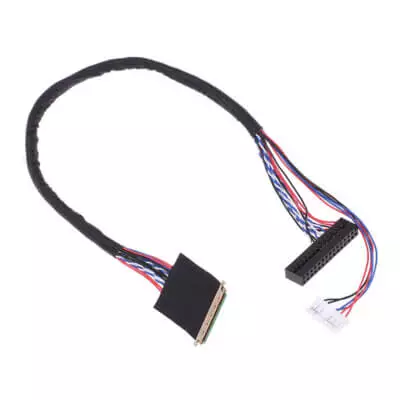
Definition: A specialized cable assembly designed for high-speed, low-voltage differential signaling (LVDS) transmission.
Features: Precision construction with twisted-pair or shielded twisted-pair design ensures low electromagnetic interference and high signal integrity. Supports high bandwidth (typically hundreds of Mbps to several Gbps) for high-definition video and data transmission.
Applications: Laptop/tablet displays (LCD/LED), automotive infotainment screens, industrial cameras, medical imaging equipment.
Hybrid Wire Harness
Definition: Combines power and signal lines into a single assembly capable of transmitting both electrical power and data.
Characteristics: Complex structure requiring optimized layout to prevent power-signal interference; often employs partitioning or shielding designs.
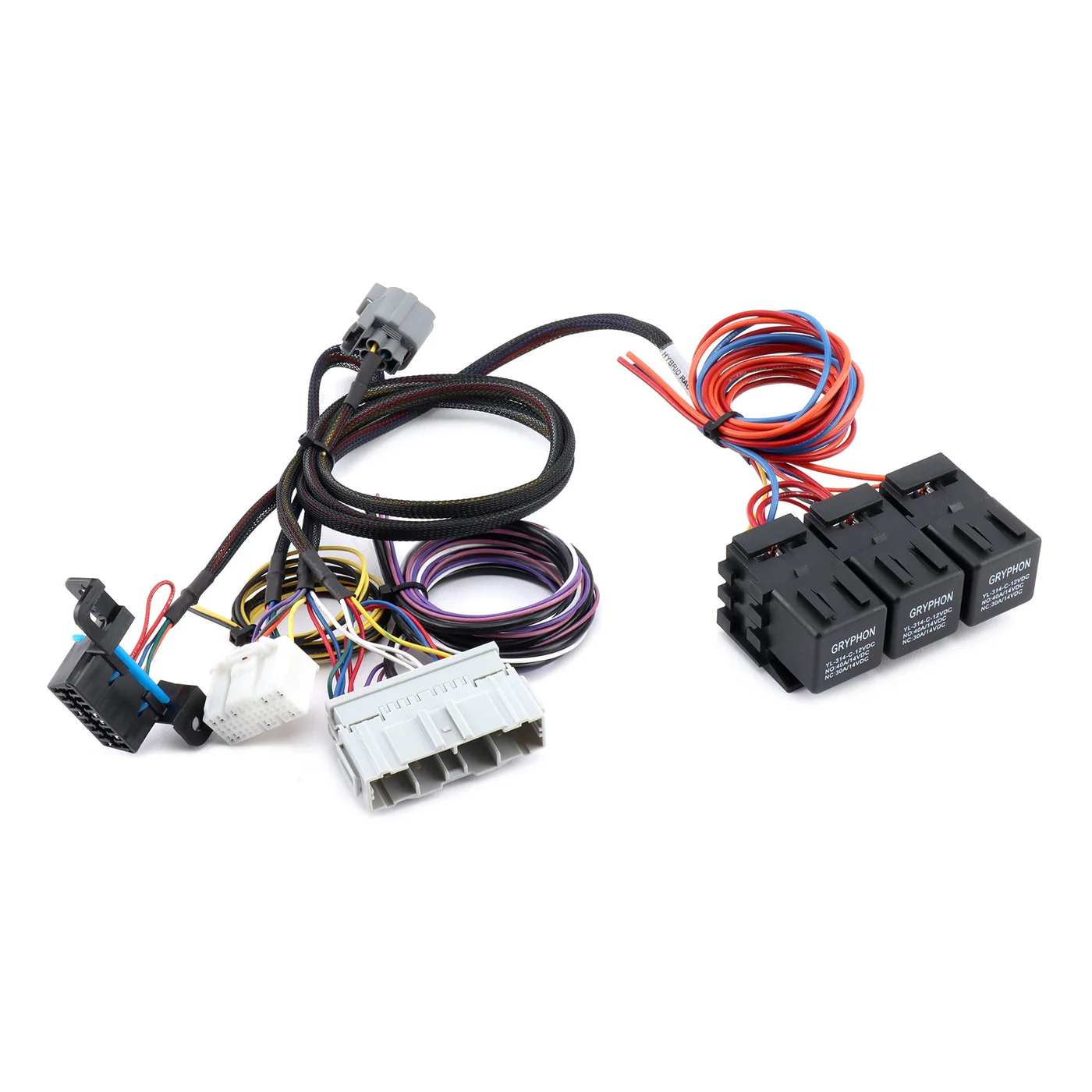
Applications: Battery Management Systems (BMS) in new energy vehicles, intelligent robots, communication equipment.
The production of cable harnesses is not merely a simple “bundling of wires,” but rather a highly engineered and standardized process involving multiple stages such as design, material selection, processing, assembly, and testing. Its objective is to achieve efficient production and consistency while ensuring electrical performance, safety, and reliability. The primary process is as follows:
- Design and Engineering Development: Based on customer requirements and electrical schematics, design routing paths, terminals, and connector solutions to ensure compliance with standards.
- Material Selection: Choose appropriate conductors (copper/aluminum), insulation materials, jackets, and connectors to meet current, voltage, and environmental conditions.
- Wire Cutting and Stripping: Automated equipment performs precise cutting and stripping to ensure consistent wire lengths and undamaged conductors.
- Terminal Crimping and Soldering: Securely connect terminals to conductors, employing soldering when necessary, and validate quality through tensile and microscopic testing.
- Assembly and Bundling: Integrate wire harnesses according to design drawings, securing and protecting them with cable ties, corrugated tubing, or heat-shrink tubing.
- Testing and Inspection: Conduct electrical continuity, insulation, and functional tests. Perform environmental tests such as temperature resistance and vibration testing when required.
- Packaging and Delivery: Package qualified wire harnesses with accompanying inspection reports, ensuring safe transportation and traceability.
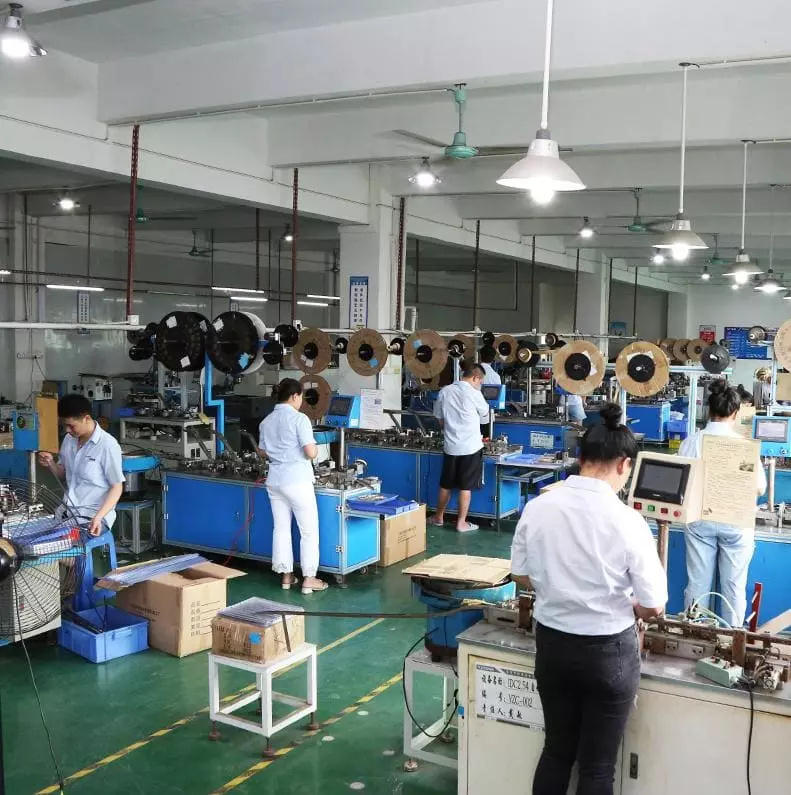
In practical applications, Cable Harness and Cable Assembly are often used interchangeably, but they have distinct differences:
- Cable Harness: Multiple wires or cables bundled or secured together according to design drawings, primarily used for internal system wiring integration and management. Its focus lies in organizing wiring to facilitate space utilization, safety protection, and maintenance.
- Cable Assembly: Typically a finished cable made from one or more cables combined with connectors and sheathing. It emphasizes point-to-point connections and is more commonly used for external interfaces or interconnections between modules.
In other words, a Harness functions more like a “wiring system,” while an Assembly operates more like a “finished connection cable.”
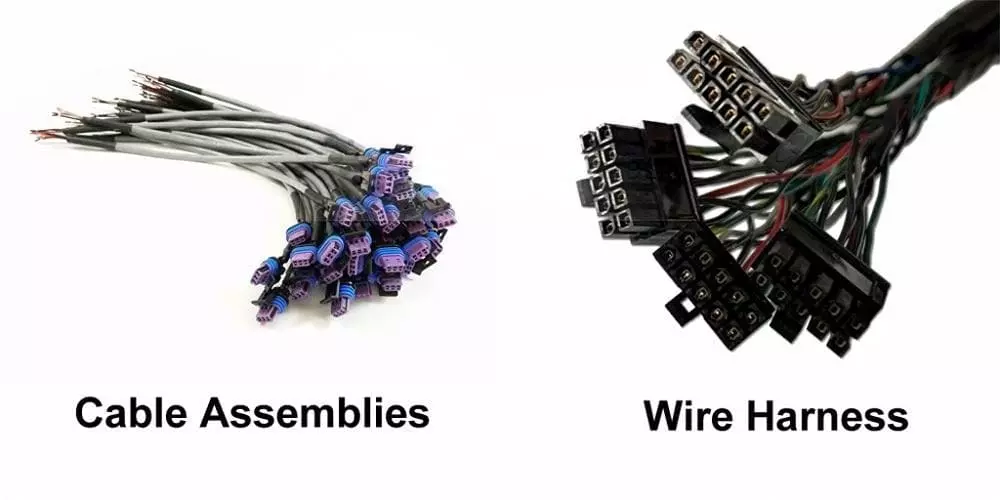
| Item | Cable Harness | Cable Assembly |
|---|---|---|
| Definition | Multiple wires organized and bundled as a system | One or more cables with connectors as finished product |
| Key Function | Routing, space management, safety protection | Point-to-point connection |
| Typical Use | Automotive, control cabinets, aerospace, medical devices | Power cords, signal jumpers, Ethernet cables |
| Flexibility | Highly customized, designed for complex environments | More standardized, used for common interfaces |
| Standards | IPC/WHMA-A-620, IATF 16949 | UL, IEC, RoHS, CE |
FAQs
A1: They are primarily used for electrical connections, space optimization, and safety protection, ensuring efficient and reliable transmission of electrical power and signals within equipment.
Q2: Can cable harnesses be customized?
A2: Yes. Different equipment has varying requirements for harnesses. Custom wire harnesses offer flexible selection options for conductor materials, insulation layers, jackets, shielding, and connector types. This accommodates specific environmental demands such as high temperatures, vibration resistance, or waterproofing.
Q3: How long does it take to produce a cable harness?
A3: Production time depends on harness complexity. Simple harnesses can be completed within days, while complex custom designs (e.g., for automotive or medical equipment) may require several weeks.
Conclusion
In summary, cable harnesses are indispensable wiring solutions in modern electrical and electronic systems. They not only enable efficient transmission of electrical power and signals but also play a crucial role in safety, reliability, and space optimization. Whether in automotive, industrial automation, medical, or aerospace applications, properly designed and manufactured cable harnesses are key to ensuring long-term stable system operation.
As a professional cable harness manufacturer and supplier, Linkwings provides standardized and custom cable harness solutions compliant with international standards, helping customers achieve optimal performance and reliability across diverse application scenarios.
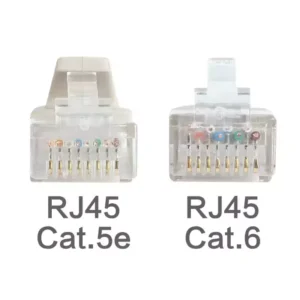
What is the Difference Between Cat5e and Cat6 RJ45 Connectors?
Table of Contents Wh
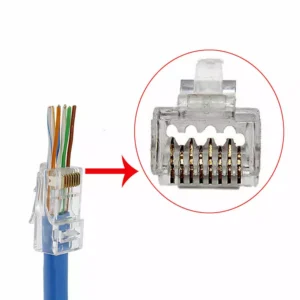
What is RJ45 Connector?
Table of Contents In
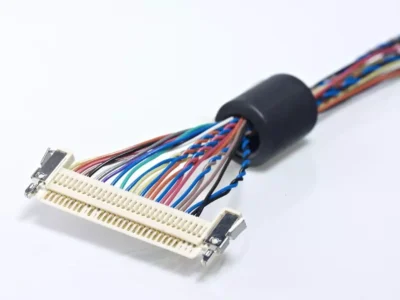
Top 10 LVDS Cable Manufacturers in World 2026
Table of Contents In

How to Check Lvds Cable?
Table of Contents In

